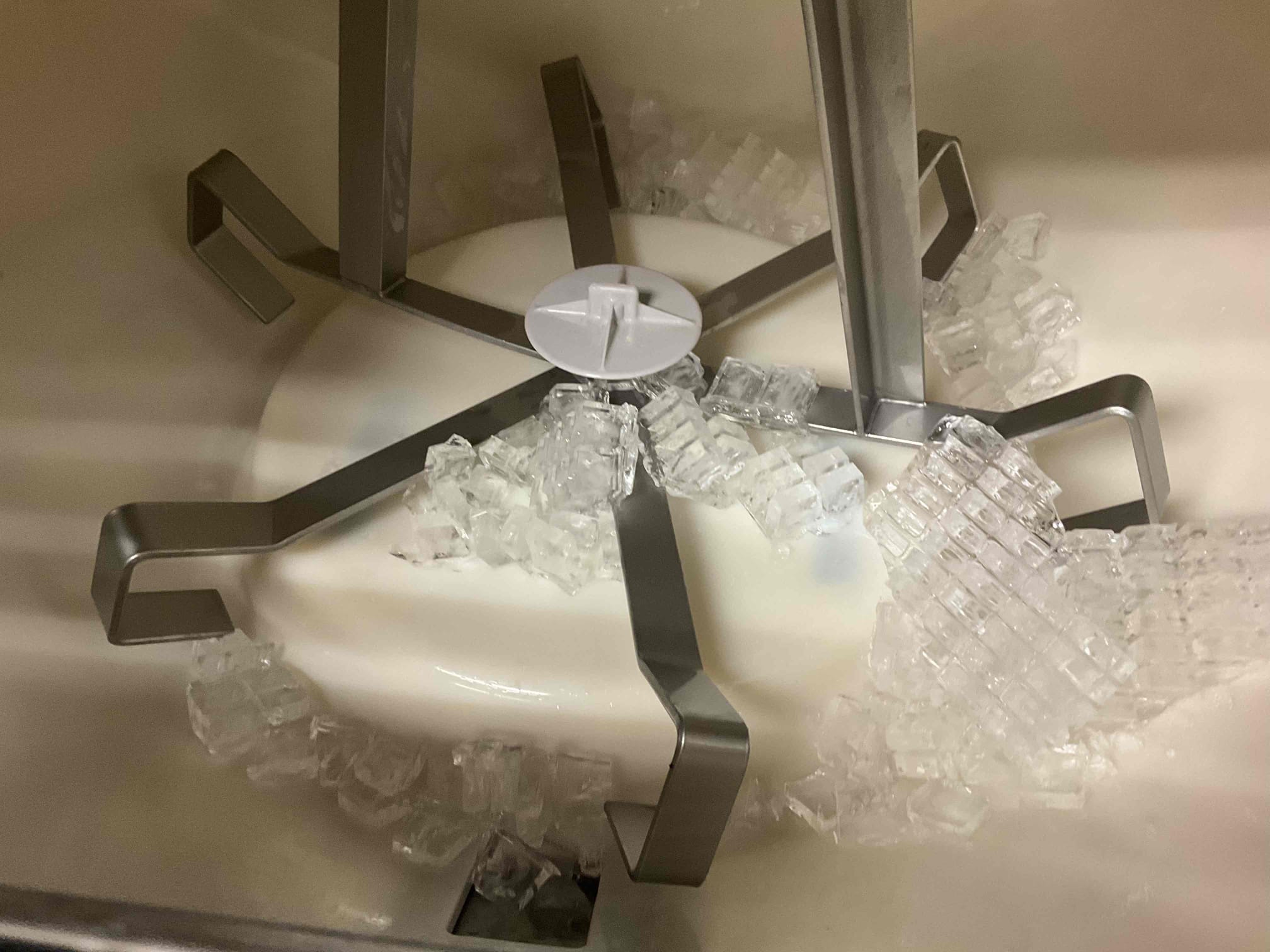proudly serving
the mid-south
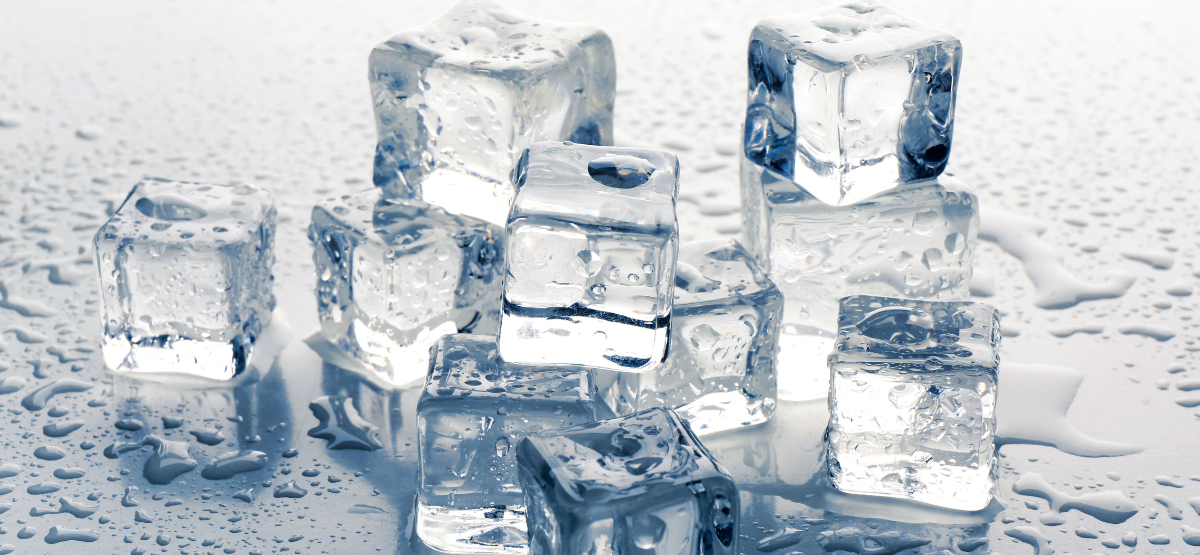
What’s The Freezing Point? – Memphis Ice
Have you wondered how temperature affects ice formation? Why some ice is cloudy and some clear? How dry ice is made? It all comes down to the freezing point.
Ice is made up of two ingredients: water and cold temperatures. On a basic level, this is true. But there are several fascinating factors that surround freezing water, and a few exceptions to the rule that make for a fun experiment.
So, if you’ve ever wondered how temperature affects the formation of ice, why some ice is cloudy and some is clear (and why clear ice is better), or how dry ice is made, you’ll want to keep reading. It all comes down to what scientists call the freezing point, which is what we’re exploring today.
So what are we waiting for? Let’s get right to the (freezing) point.
What Temperature Does Water Freeze Into Ice?
A freezing point is pretty much what it sounds like. It’s the point at which something (a liquid) freezes and transitions into another form (a solid). For water, the freezing point is 0°C or 32°F.
But like most things, there are a few exceptions to the freezing point rule.
For example, supercooling is a phenomenon that occurs when a liquid doesn’t solidify until well below the freezing point. Sounds super cool, right? You bet it is. An example of supercooling is probably happening above your head right now (like, really far above your head). At very high altitudes where the temperature is freezing cold, clouds are made up of supercooled water droplets that are below 32°F, but aren’t frozen.
So if these water droplets are below 32°F, why isn’t the cloud just one big ball of ice? The answer to that isn’t easy. Essentially, scientists think impurities in the water can cause the water molecules to interact differently with the temperature. To see supercooling in action, watch this fascinating video.
Sublimation
Freezing points affect more than liquids, though. Freezing temperatures can also influence the behavior of vapor and solid matter. When vapor turns into a solid (or vice versa) without melting to an intermediate liquid stage, scientists call the process sublimation.
Sublimation has everyday applications that you can see around you. Let’s dig into a few examples.
Dry Ice
Freeze-Drying
What’s In It For Ice Machines?
Ice machines need a consistent environment to maintain an even internal temperature. Without the right temperature outside, an ice machine can’t sustain the right freezing conditions inside.
If your machine is too hot, you’ll experience reduced output, tiny cubes (cute, but not very effective) or worse, permanent damage.
There are similar issues around using your ice machine in temperatures that are too cold as well! For the components in your ice machine to work properly, we recommend an external temperature range of 50-70°F. That’s how you maintain the correct temperatures inside.
Once you reach an external temperature of 80°F and above, performance can decrease. If you hit 90°F and above, then your ice machine is in danger of failure. We understand that this temperature range is tough to maintain. But if you follow these guidelines, you’ll get the best performance for the busiest times in your business and reduce damage risk.
Speed and freezing go hand in hand. The more air and other debris that exist in your water, the shorter ice takes to freeze. But that fast freeze time results in cloudy, yucky ice. Here’s why.
Clear Ice Melts Slower Than Cloudy Ice
Everything about clear ice is slow. And that’s just the way we like it.
Cloudy ice freezes quickly. Sounds great, right? Not really. That freeze speed is because of lots of tiny ice crystals working together. And because the crystals freeze so quickly, they trap naturally occurring minerals, organic matter, and gasses in the middle of the ice cube, giving it a cloudy appearance. And as all that trapped gas begins to escape, cloudy ice melts faster. That means a watered-down drink for you at home or for your customers.
Which brings us to why we love clear ice: it melts slower than cloudy ice! Clear ice is created through a slower freezing process, which means larger ice crystals form together. Since there is no gas trying to get out of clear ice, your ice takes longer to shift back into a liquid. No more watered-down drinks—the bane of our existence.
Stay On Point With Memphis Ice!
Recent News

Why Restaurants Should Have Backup Cooling Solutions for Smooth Kitchen Operations
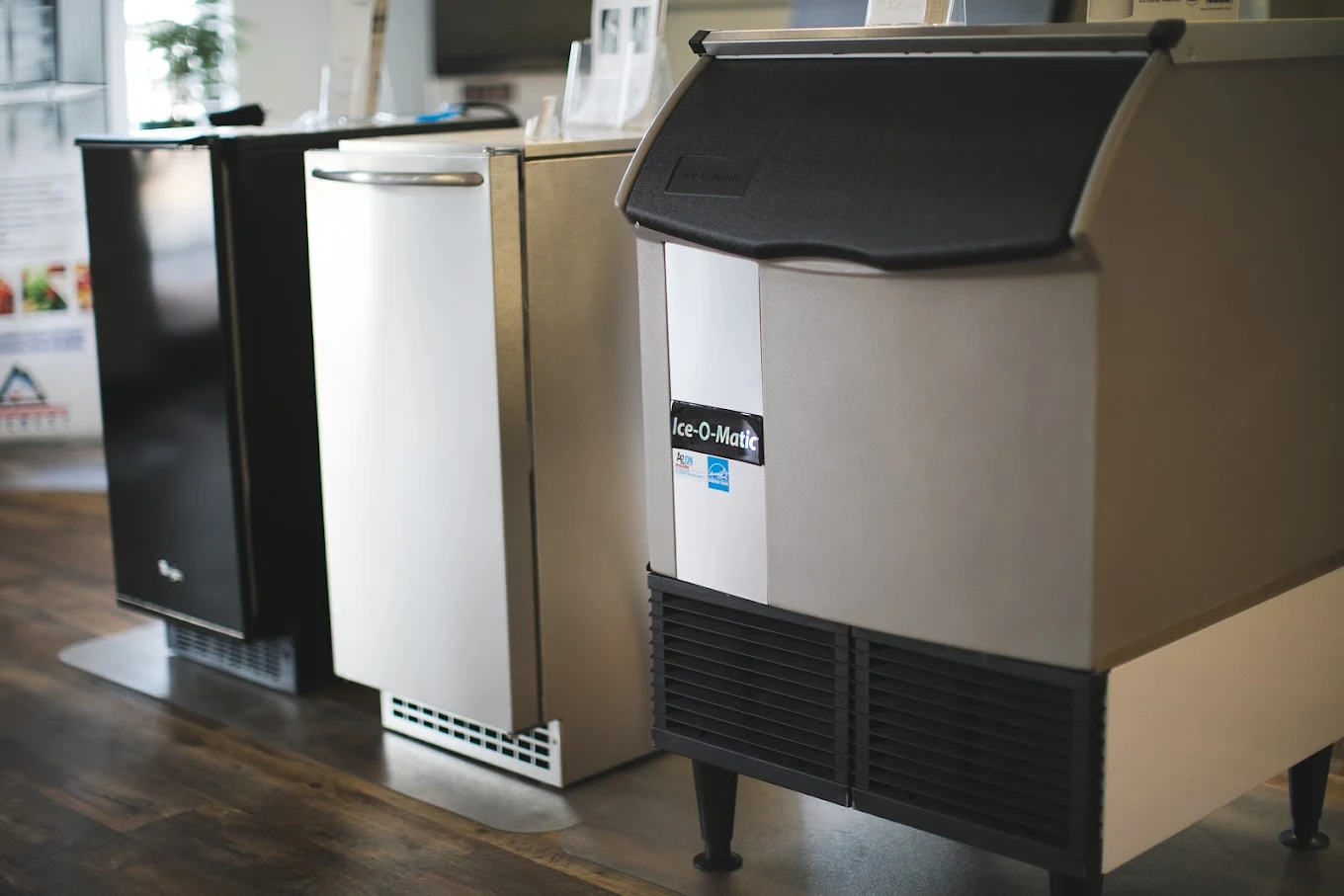
Why Routine Inspections Prevent Refrigeration Emergencies and Save You Time and Money
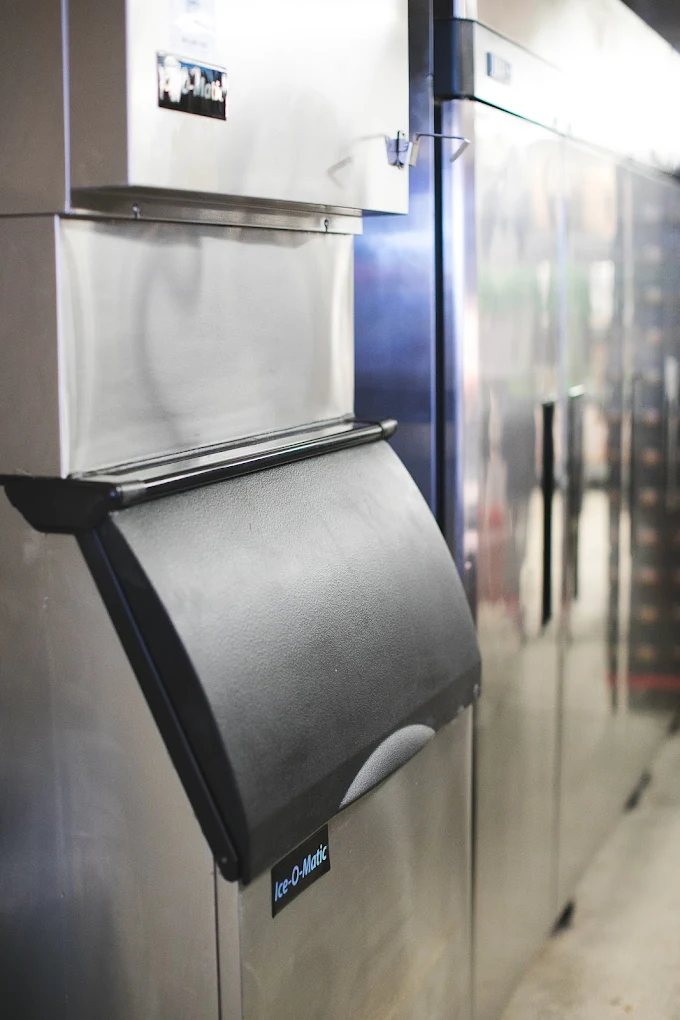
Why So Many Local Industries Trust Memphis Ice for Reliable Ice and Refrigeration Service and Friendly Support
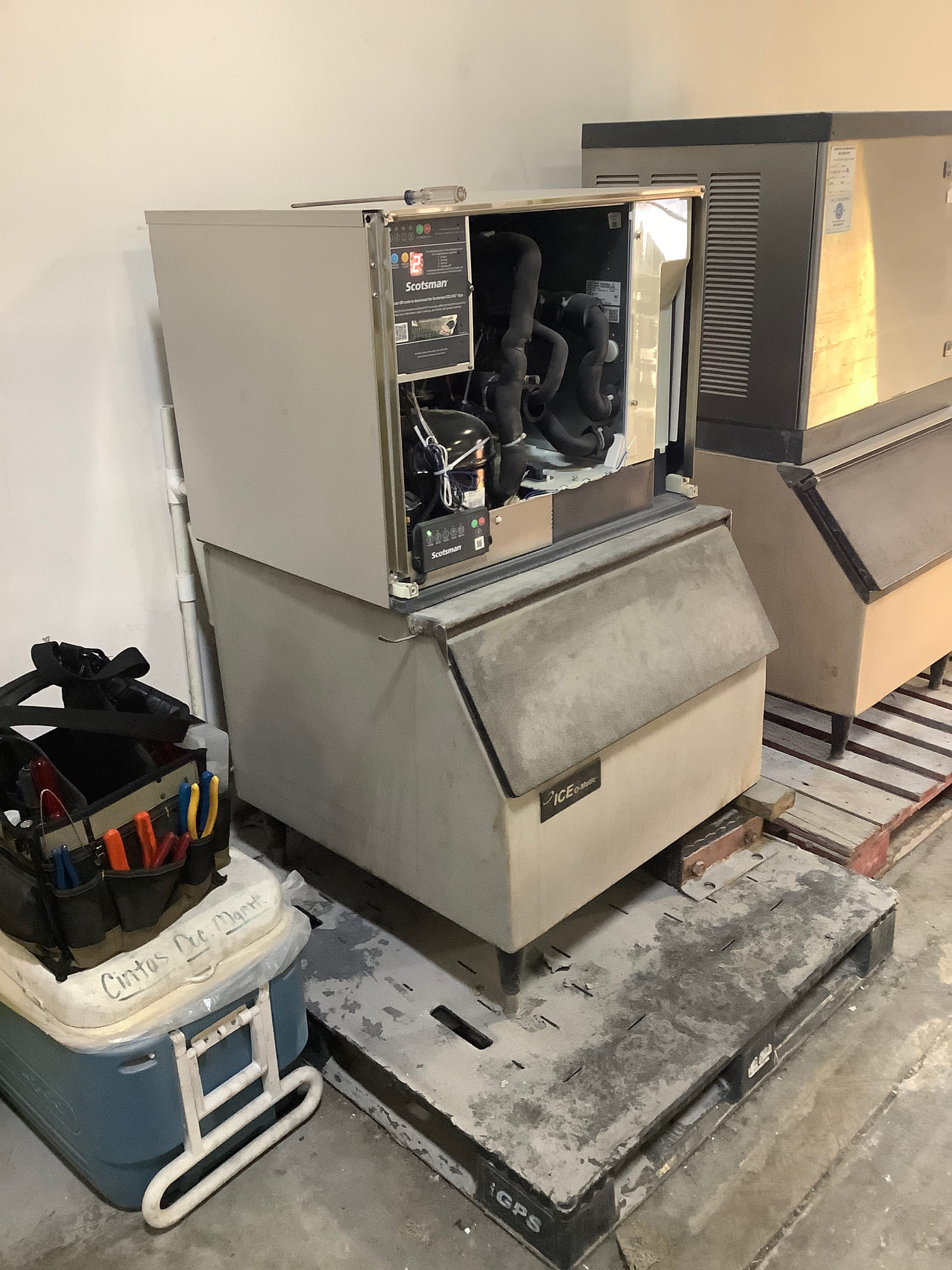
Cooling Equipment for Event Season Tips to Stay Comfortable and Cool
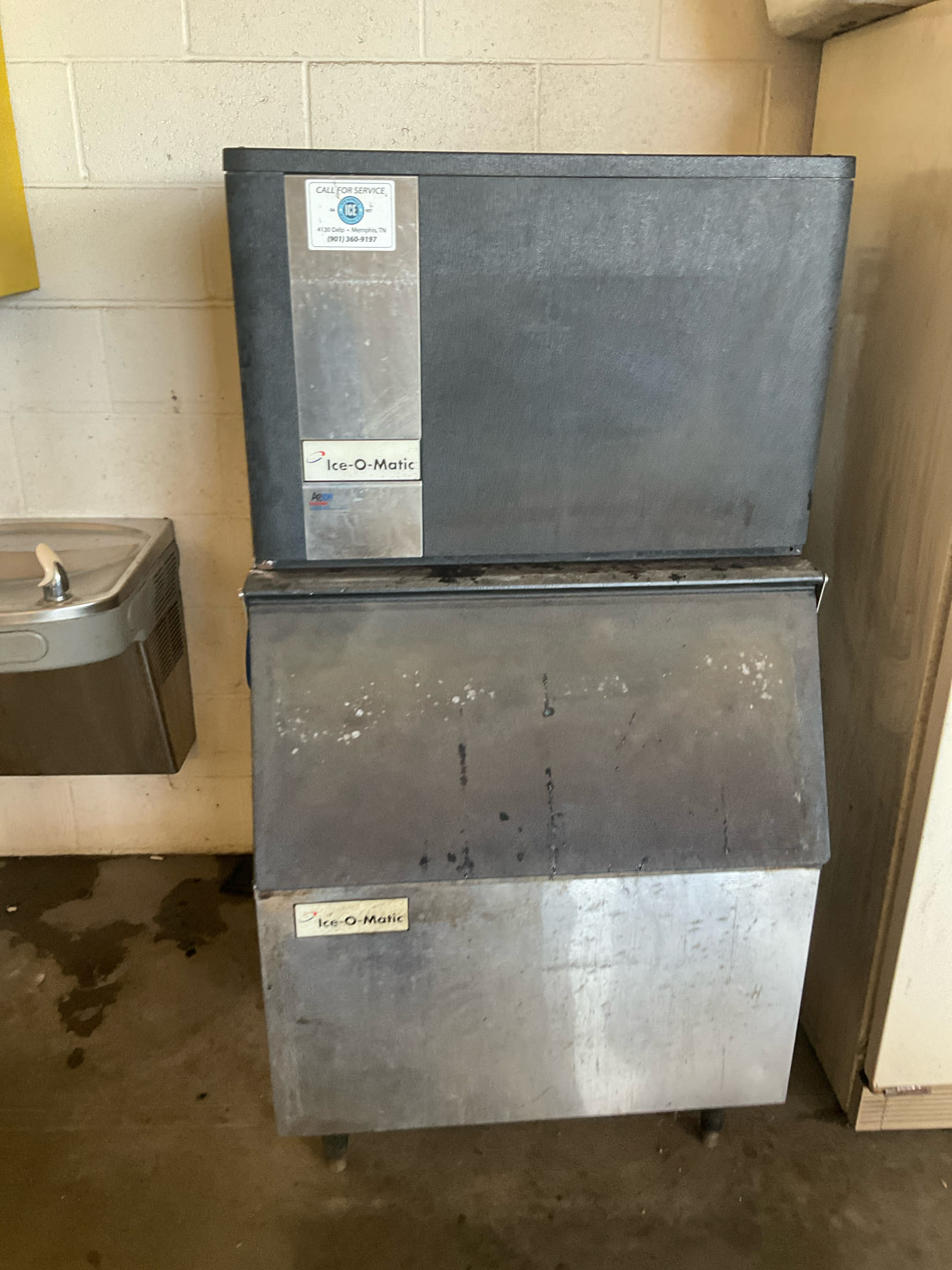
Common Ice Machine Rental Questions Answered With Friendly Tips
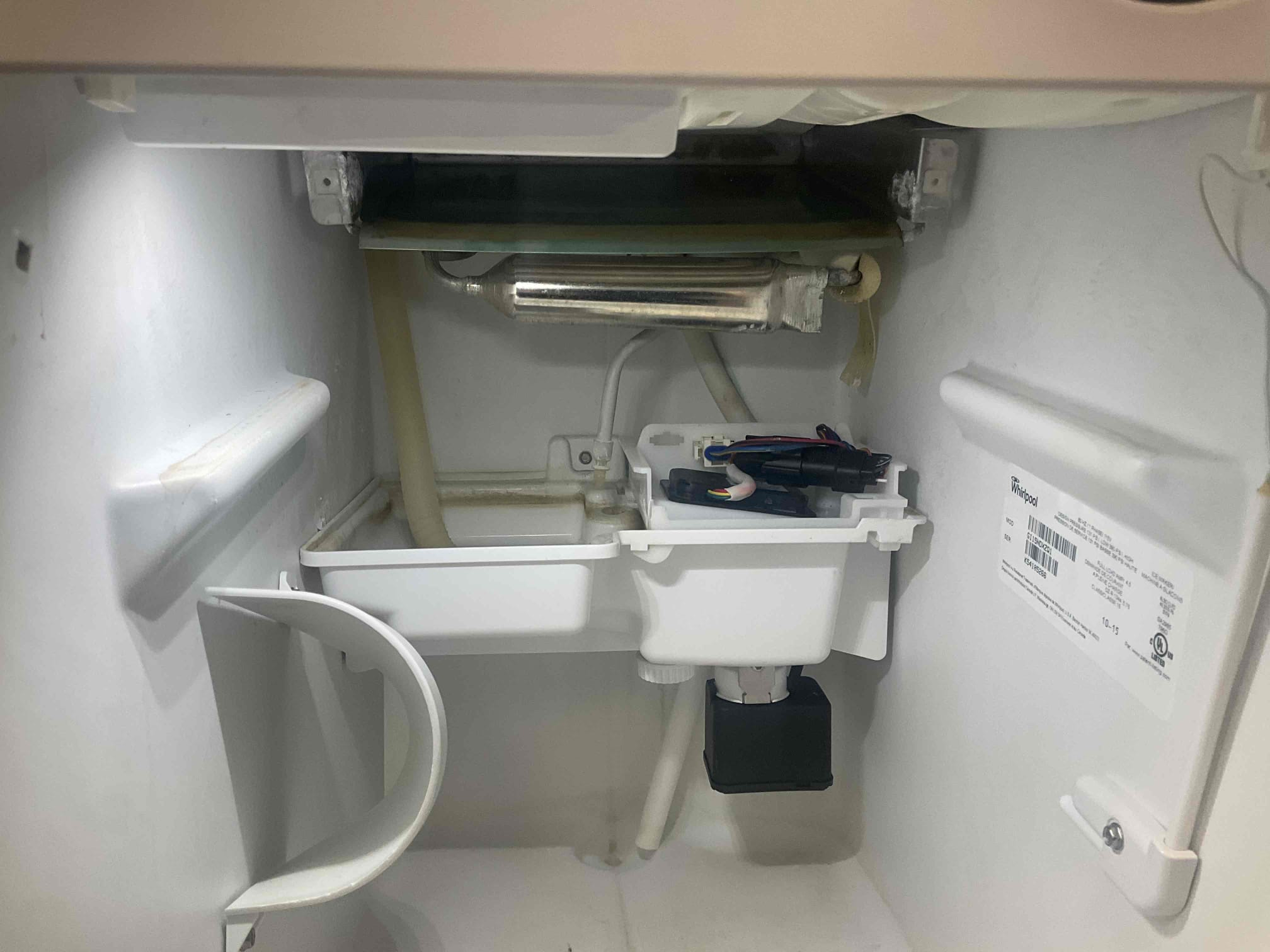
Commercial Freezer Replacement Specialists Helping You Upgrade Efficiently
